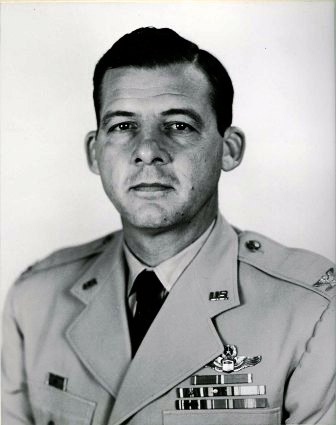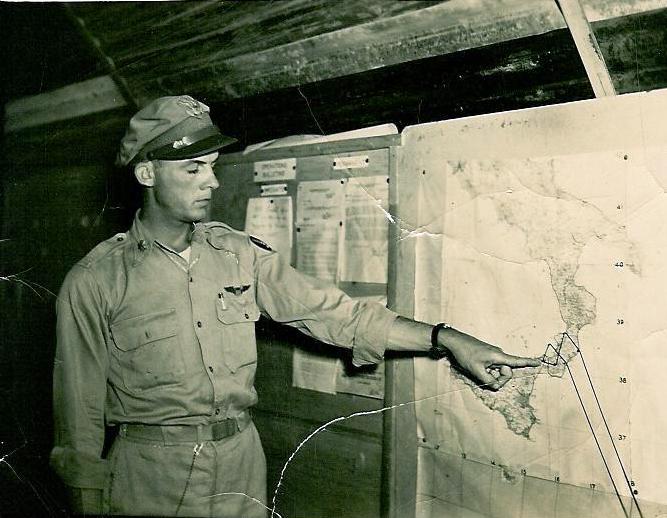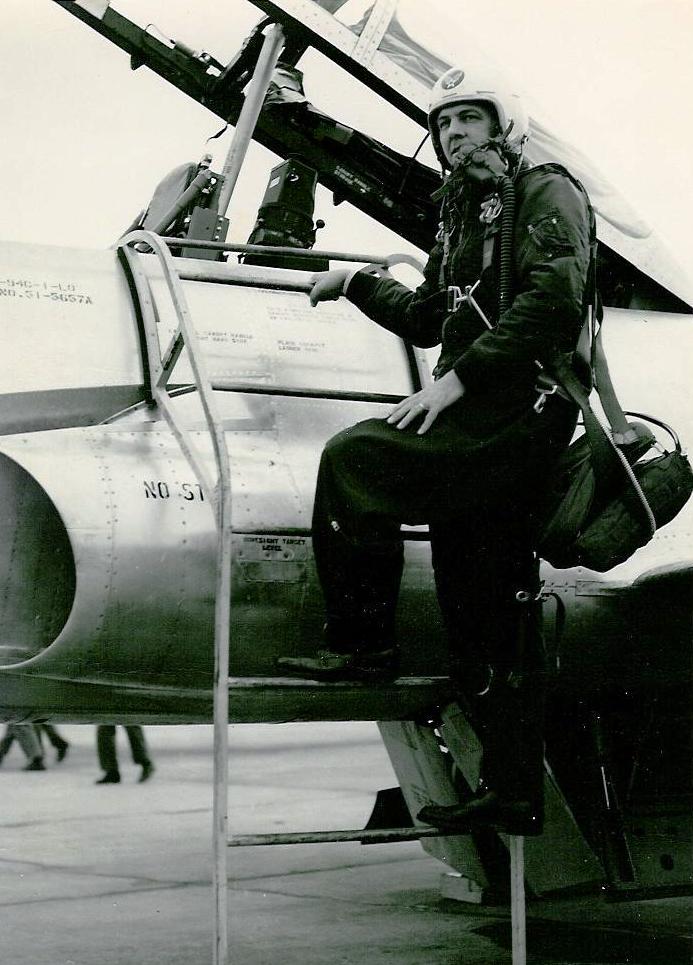


 |
 |
 |

Herbert Ives Shingler, Jr., is a native of Ashburn Georgia. He attended the University of Georgia.
He entered the Air Force through the Aviation Cadet Training Program and was commissioned a Second Lieutenant at Kelly Field, Texas, after completing his training in August, 1940. His first assignment was to the 29th Bomb Group at MacDill Air Force Base, Florida, as a crew member on a B-18 combat crew. Colonel Shingler remained with the 29th Bomb Group until 1941.
After leaving the 29th Bomb Group he was assigned  to the 44th Bomb Wing as an instructor in B-24 aircraft at Barksdale Air Force Base, Louisiana. In March, 1942 he was assigned to the 415th Bomb Squadron of the 98th Bomb Group as Squadron Operation Officer. He accompanied the Bomb Group overseas to the Middle Eastern Theater in July, 1942. He remained with the Bomb Group until November, 1953, progressing from Squadron Operations Officer to Squadron Commander and Group Operation Officer. In November, 1943, he returned to the ZI for reassignment to the 3rd Bomber Command at MacDill Air Force Base, Florida as Inspector General.
to the 44th Bomb Wing as an instructor in B-24 aircraft at Barksdale Air Force Base, Louisiana. In March, 1942 he was assigned to the 415th Bomb Squadron of the 98th Bomb Group as Squadron Operation Officer. He accompanied the Bomb Group overseas to the Middle Eastern Theater in July, 1942. He remained with the Bomb Group until November, 1953, progressing from Squadron Operations Officer to Squadron Commander and Group Operation Officer. In November, 1943, he returned to the ZI for reassignment to the 3rd Bomber Command at MacDill Air Force Base, Florida as Inspector General.
In November, 1944, Colonel Shingler was assigned as Chief of Supply, Third Bomber Command. From March, 1946, until March, 1947, he was assigned as Chief of Supply at MacDill Air Force Base. From March of 1947 he was Base Commander at Grenier Air Force Base, Manchester, New Hampshire.
From October, 1947 to July, 1954, Colonel Shingler was assigned as Chief of Supply, Headquarters Strategic Air Command. From July, 1954, to July, 1955, he was Director of Material for the 7th Air Division in the United Kingdom. From July, 1955, until June, 1957, he was assigned to the 4070th Support Wing as Director of Material and later as the Wing Commander, stationed at March Air Force Base, California.
From June, 1957 to June, 1958 Colonel Shingler served as Deputy Commander of the 43d Bombardment Wing, Davis-Monthan Air Force Base. He assumed the command of the 43d Bombardment Wing on 1 June 1958.
He holds the following citations: Distinguished Service Cross, Distinguished Flying Cross with one Oak Leaf Cluster, Air Medal with five Oak Leaf Clusters, National Defense Service Medal, American Defense Service Medal, European-Asiatic-Middle Eastern Campaign Medal, World War II Victory Medal, Unit Citation, liberation Medal, Presidential Unit Citation with one Oak leaf Cluster, and the Armed Forces Longevity Service Award Ribbon with Three Bronze Oak leaf Clusters.
From his Diary dated Aug. 11, 1942
"Took off from Ramat David at 0720 for Teheran weather was fine".
Maj. Shingler secret mission was to fly to Teheran and meet up with 3 British LB-30's, and escort them to Moscow. Maj. Shingler was the pilot of the only B-24 with Gen Maxwell, a Russian radio operator and other passengers. One of the LB-30's was transporting British Prime Minister Winston Churchill. He was on his way to meet with Joseph Stalin. Mr. Churchill was traveling with high ranking American, British and Russian officers. Flying time to Russia was 10 hours. At 0520 on 16th of August they returned back to Teheran. It took 11 hours avoiding German planes.
On August 1, 1943 Maj. Shingler at that time was squadron commander of the 415th, 98th Bomb Group. He was selected to participate in a raid on the Ploesti Oil Fields. The B-24 Maj. Shingler was flying was called "Fertile Myrtle" he had the honor to lead the second wave following Col. John Kane better known as "Killer Kane". Maj. Shingler completed his mission and brought his crew home safely. He received the Distinguished Service Cross for this mission.
From July 1955 to June 1957 we lived at March AFB. Dad was pretty much gone during the week and sometimes home on weekends. The only thing the family new was he was going to the "Ranch". Turns out he was involved with others in something very special.
On April 2, 1959 during a normal training mission Col. Shingler and his crew crashed while he attempting an emergency landing in Mountain Home AFB, ID. The B-47 he was flying suffered major problems including engine fires, control problems and ultimately structural failure. During the flight engine #4 dislodged and fell off, on a long finial approach #5 rotated and lodged itself against the wing fuel tank, causing the plane to crash with no survivors. Col. Shingler was buried at Arlington National Cemetery in April 1959 and on June 12, 1997 his wife Frances was interred with him.
Herbert I. Shingler III

 |
 |
 |